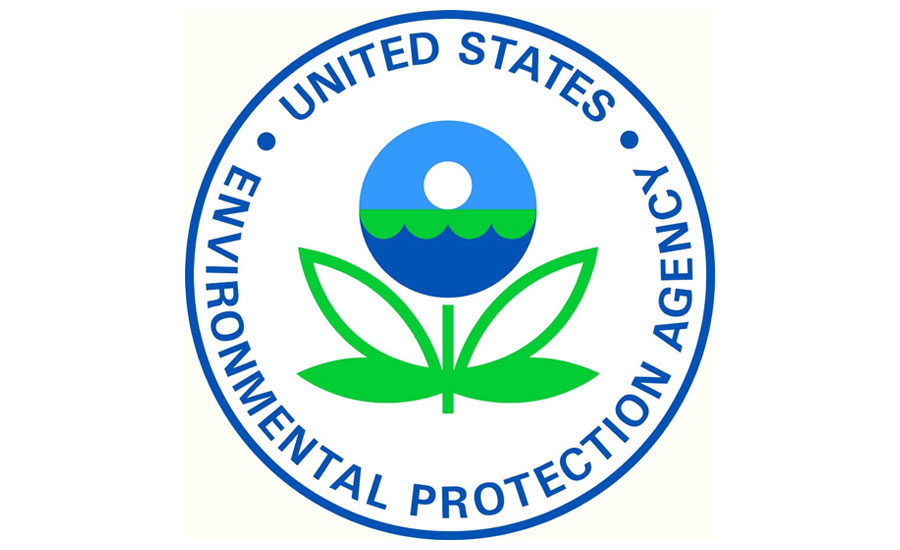[broadstreet zone=”59982″]
ASHLAND – The U.S. Environmental Protection Agency (EPA) announced the second wave of approximately $1 billion in funding from President Biden’s Bipartisan Infrastructure Law to start new cleanup projects at 22 Superfund sites, including three sites in Massachusetts – the Creese and Cook Tannery site in Danvers, the Nyanza site in Ashland, and Walton and Lonsbury in Attleboro – and expedite over 100 other ongoing cleanups across the country.
Thousands of contaminated sites exist nationally due to hazardous waste being dumped, left out in the open, or otherwise improperly managed, including in manufacturing facilities, processing plants, landfills, and mining sites. Superfund cleanups help transform contaminated properties and create jobs in overburdened communities, while repurposing these sites for a wide range of uses, including public parks, retail businesses, office space, residences, warehouses, and solar power generation. In addition, these sites can support natural areas, parks, and recreation facilities, providing greenspace and safe places for families to play outside.
“Thanks to President Biden’s historic investments in America, we are moving faster than ever before to progress clean up at contaminated sites – from manufacturing facilities to landfills – in communities across the country,” said EPA Administrator Michael S. Regan “But our work is not yet finished – we’re continuing to build on this momentum to ensure that communities living near many of the most serious uncontrolled or abandoned releases of contamination finally get the investments and protections they deserve.”
[broadstreet zone=”59983″]
“This Bipartisan Infrastructure Law funding targets the much-needed clean-up of legacy pollution that’s harmful to our health and the environment,” said EPA New England Regional Administrator David W. Cash. “We look forward to the start-up and completion of this important work.”
“Congress has delivered historic investments to ensure the EPA has the resources it needs to finally tackle polluted sites and to finish these projects once and for all,” said U.S. Senator Edward J. Markey, a member of the Senate Committee on Environment and Public Works. “Communities with Superfund sites are exposed every day to toxic chemicals and dangerous abandoned facilities—leaving them to shoulder the burden of environmental injustice and negative public health outcomes. I applaud the EPA for their work to remediate contamination, including in Ashland, Attleboro, and Danvers, and I look forward to seeing these communities live free of these historical hazards.
“Thanks to the Bipartisan Infrastructure Law, we are now on track to help expedite the clean-up of superfund sites in Danvers, Ashland, and Attleboro Massachusetts,” said U.S. Senator Elizabeth Warren. “I’ve been fighting for these critical investments to get hazardous chemicals out of our environment and are essential to protect the health of our communities.”
“We deserve to live in communities with clean air, fresh water and a healthy environment,” said U.S. Representative James P. McGovern. “With a long history of soil and groundwater contamination, the Nyanza Superfund site in Ashland is a great example of why the Superfund Program matters. For too long, communities across America have had to face the consequences of polluters’ messes on their own, but through the power of the Bipartisan Infrastructure Law and the perseverance and determination of the EPA, an expedited cleanup of this site is finally possible. My team and I will be following this project closely and will work together with local, state, and federal partners to ensure its completion.”
[broadstreet zone=”59984″]
Nyanza Chemical Waste Dump: Under the plan, EPA will conduct additional groundwater cleanup at the site. This remedy entails additional extraction of Dense Non-Aqueous Phase Liquid (DNAPL) and expansion of the recovery well network if further DNAPL sources are encountered. EPA also plans to implement In-situ chemical oxidation (ISCO) treatment of groundwater within the source area to address volatile organic compound (VOC) contamination in deep overburden and shallow bedrock zones near the site to further address and mitigate downgradient groundwater exposure and vapor intrusion risks.
Walton & Lonsbury: The remedy includes the following cleanup actions: Removal and off-site disposal of remaining Walton & Lonsbury facility features (e.g., concrete floor slab); soil excavation and in-situ soil mixing at the former Walton & Lonsbury facility property and off-site disposal of contaminated soil; extension of the existing permeable reactive barrier along Bliss Brook; in-situ soil treatment along the west side of North Avenue, in the “mid-plume” area.
Creese & Cook Tannery: Under the final plan, EPA will excavate contaminated soil from properties located on the east and west sides of the Crane River, on properties historically occupied by the tannery’s operation. Excavated areas will be covered with clean soil and re-vegetated. Most of the contaminated soil will be consolidated at the former Tannery property on the west side of the Crane River, and covered with a protective cap. Some contaminated soil may also be transported and disposed off-site at an appropriate landfill.
The $1 billion investment announced is the second wave of funding from the $3.5 billion allocated for Superfund cleanup work in the Bipartisan Infrastructure Law.
[broadstreet zone=”58610″]
With the first wave of funding announced in December 2021, EPA deployed more than $1 billion for cleanup activities at more than 100 Superfund National Priorities List sites across the country. Thanks to this historic funding, EPA started 81 new cleanup projects in 2022, including projects at 44 sites previously on the backlog. By starting four times as many construction projects as the year before, EPA is aggressively bringing more sites across the country closer to finishing cleanup. For example, in Evansville, Indiana, EPA continued to reduce exposures to lead and arsenic in soil in the neighborhoods of the Jacobsville Neighborhood Contamination site by starting the next phase of cleaning up contaminated residential soils.
In addition to funding cleanup construction work, this investment is enabling EPA to increase funding for and accelerate essential work needed to prepare sites for construction and ensure that communities are meaningfully involved in the cleanup process. In 2022, EPA more than doubled its spending for Superfund pre-construction activities like remedial investigations, feasibility studies, remedial designs, and community involvement.
EPA is committed to carrying out this work in line with President Biden’s Justice40 Initiative by advancing environmental justice and incorporating equity considerations into all aspects of the Superfund cleanup process. This will help ensure that historic and ongoing impacts of contamination on overburdened communities are fully considered and addressed. Out of the 22 sites to receive funding for new cleanup projects, 60% are in communities with the potential for environmental justice concerns based on data from EJSCREEN, an environmental justice mapping and screening tool that provides EPA with a nationally consistent dataset and approach for combining environmental and demographic socioeconomic indicators.
[broadstreet zone=”59946″]
In 1980, Congress passed the Comprehensive Environmental Response, Compensation and Liability Act, known as Superfund. The law gave EPA the authority and funds to hold polluters accountable for cleaning up the most contaminated sites across the country. When no viable responsible party is found or cannot afford the cleanup, EPA steps in to address risks to human health and the environment using funds appropriated by Congress, like the funding provided by the Bipartisan Infrastructure Law.


